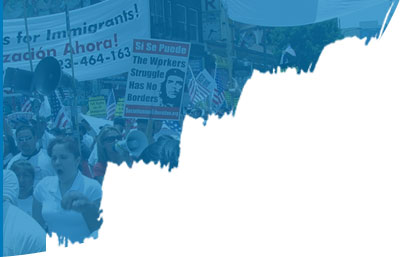
Trafficking Misconceptions
Recently the Human Trafficking Institute released its annual report documenting various aspects of trafficking, from profiles of victims and criminals to the myriad of ways it occurs. While the report is based on cases filed in the US federal system in 2021, it also tracks differences from previous years so that law enforcement, policy-makers, and advocates can get a sense of how effective their efforts have been and where they need to course-correct.
Some of the facts are well-known and remain the same year over year, for example, that traffickers target the most vulnerable populations – i.e., children and those living in poverty and/or abusive homes. However, there are many nuances the public is unaware of, which can lead to assumptions that blind them to trafficking going on right under their noses. To complicate matters further, these dynamics shift over time. Here are a few common misconceptions about how and where trafficking occurs.
Recruitment: Nearly all of the new cases last year (92%) involved sex trafficking, however, most of them did not begin that way. According to the report, the largest proportion of victims – 31% ‒ were lured with the promise of legitimate employment. Romantic relationships or a place to live were an inducement for less than half of that, equal portions of 12%, and just 9% were offered drugs. Financial issues appear to be at the root here, as roughly two-thirds, 76%, of underage female victims were vulnerable because they had run away from home, while for adult females it was drug dependency (63%). Adult males were most at risk because they were in debt (88%).
Means of Trafficking: It’s easy, given press coverage and Hollywood movies, to assume that trafficking occurs solely through violent means like kidnapping. The reality is that most often traffickers use a combination of methods to get victims under their control, including not only actual violence but various forms of coercion – 61% of cases in the report. The most common form of coercion (90%) was the threat of withholding the victim’s paycheck. Victims also reported being blackmailed, for example, with exposure of their substance addiction. Another popular misconception is that most victims are imprisoned, however, in the latest report that was true in just two new cases.
Gender Breakdown: It is often assumed that trafficking victims are women and girls, and indeed, that was so in all of the new federal sex trafficking cases last year. However, when it came to forced labor cases, 92% of the victims were male. Oddly enough, this was a major shift from 2020, when 86% of victims were female.
Finally, the researchers noted a significant decline in new federal cases – 22% from 2020. While this certainly may be seen as a trend in the right direction, it is also a reminder of the insidiousness of trafficking and the need for all of us to remain vigilant by educating ourselves and reporting suspected crimes. To learn more about human trafficking training for the public, check out https://www.dhs.gov/blue-campaign
